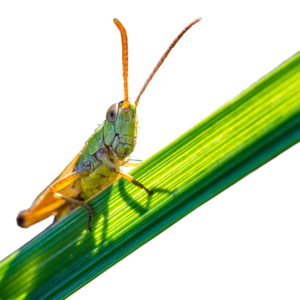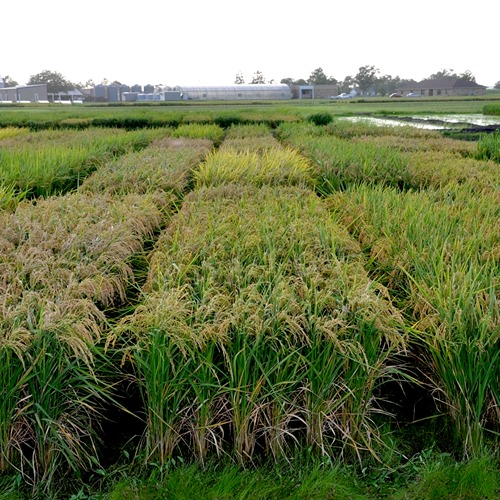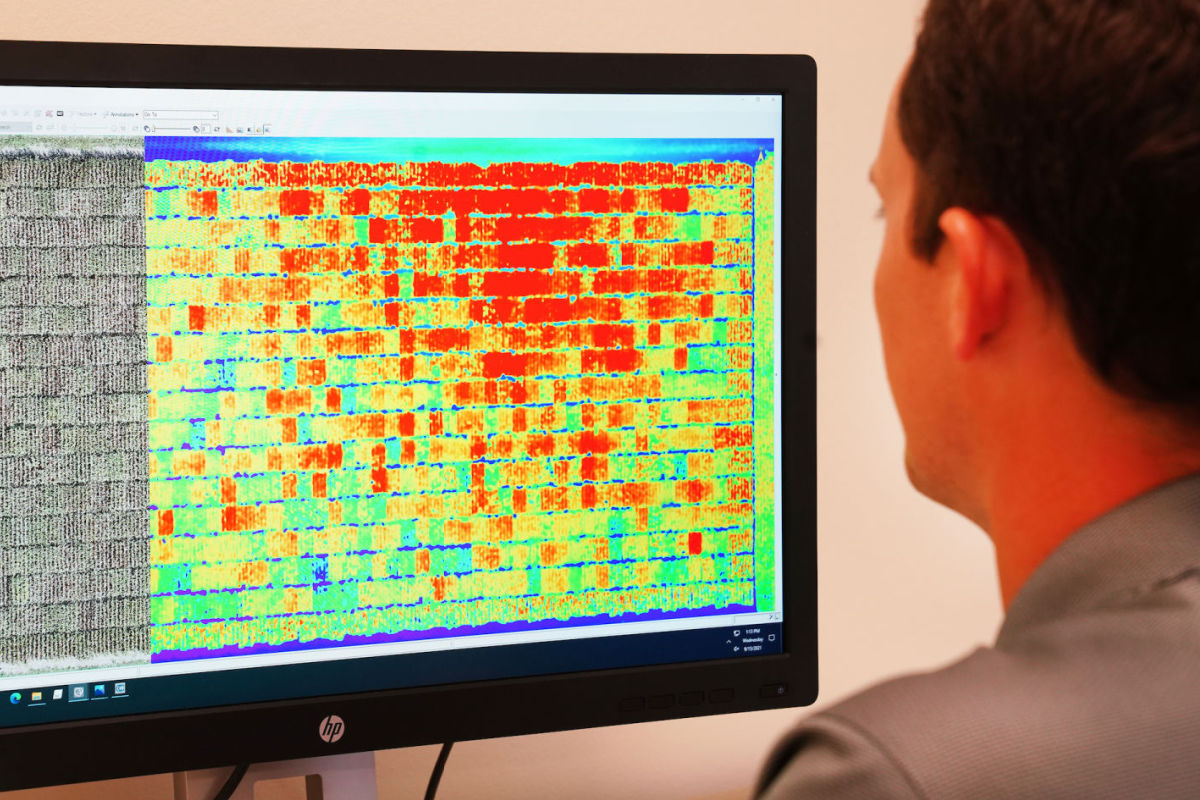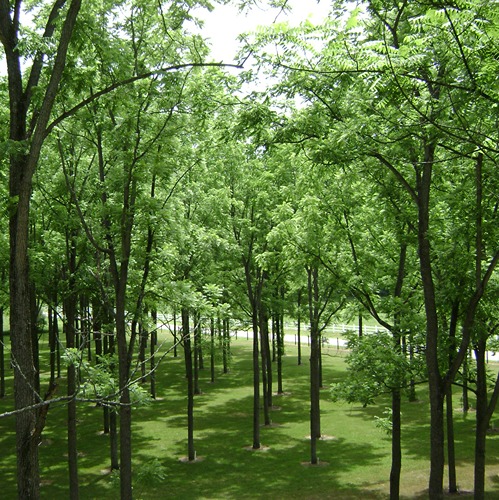"When I entered the Purdue food science graduate program four and a half years ago, I never thought I’d be working with insects,” Felicia Hall said. “I definitely didn’t think I’d be eating them on a regular basis.”
This second sentiment, Hall continued, reflects not only the trajectory of her graduate work and growth but the breaching of serious stigmas surrounding eating insects in the United States and Europe.
Hall works with Andrea Liceaga, associate professor of food science, whose research focuses on identifying alternative proteins. Liceaga and Hall have worked together on ways to incorporate alternative proteins into palatable food options geared towards western audiences.
“We keep hearing from the United Nations and other sources, there will not be enough food to feed the world by the year 2050,” Liceaga said. “For this reason, we need to look to alternative sources of protein to feed the world, like insects, which are high in protein and have a low environmental impact.”
Insects are a common food source in Liceaga’s home country of Mexico and throughout Latin American and Asian countries. Even now, in the west, the idea of eating insects is gaining traction.
Since beginning her studies at Purdue, Hall believes the stigma around edible insects and insect proteins is decreasing, a change she believes is partially fueled by increasing awareness around climate change and its long-term effect on the global food supply chain.
“People are constantly reminded of how traditional food sources are harmful to the environment and might not always be available,” Hall said. “Sales in things like alternative meats and milks have sky-rocketed, which is really helping carve out space in the marketplace for insect-based proteins.”
Many of Liceaga’s graduate students, including Hall, also research how proteins from crickets or other insects might be isolated and used to enhance the nutritional value of food. In the course of this research, Hall and Liceaga also uncovered significant therapeutic benefits of ingesting insects, specifically crickets, which extend beyond nutritional and environmental impact.
“A small fragment of the cricket protein, called a peptide, is known to have potential health benefits in humans. Peptides from many different sources, milk, fish and even soy, are used in pharmaceuticals today. Currently, however, there are no insect peptides used in mainstream foods for the health industry or nutraceuticals,” Liceaga said.
But that could change.

“In laboratory tests, these peptides have shown several health benefits, most notably anti-diabetic and anti-inflammatory properties. They have also been linked to having an effect in lowering high blood pressure,” Liceaga continued.
Hall and Liceaga have begun animal trials to test the peptide’s medicinal effectiveness by hydrolyzing the cricket protein to isolate the peptide. Hall has already conducted in vitro experiments, testing the effectiveness of the peptide against certain maladies. The results proved better than she or Liceaga anticipated. This next phase of testing with mice, however, is the major step in moving cricket peptide into the drug market.
“So far, we’ve seen that eating insects has environmental and nutritional benefits, and we have a sense that they have serious health benefits as well,” Hall continued. “Introducing the benefits of insect peptides to the pharmaceutical market is really the next frontier.”
As with any major innovation, of course, there are hurdles to overcome.
The first, Liceaga explained, is a matter of public perception. While western consumers are becoming more accepting of ingesting insects, they still are not exactly enamored of the idea. However, Liceaga thinks the benefits of naturally sourced peptides, as opposed to synthetic ones, will be a major attraction for consumers should insect cricket peptides find their way onto the drug market.
“One major selling point is the fact that naturally derived compounds have fewer side effects than synthetic compounds,” Liceaga said. “In some cases, side effects from drugs can be debilitating. When using natural compounds, however, these effects are usually very minimal.”
There is one significant reason that could prevent the peptide from becoming used as a medicinal property. Those with shellfish allergies are often also allergic to compounds within cricket proteins, producing potentially severe allergic reactions. Hall is already devising a solution to this issue.
“People are constantly reminded of how traditional food sources are harmful to the environment and might not always be available."
“What we’ve found so far is that hydrolyzing the protein under certain conditions most likely prevents that protein from binding to a person’s antibodies that cause the allergic reaction,” Hall added. She is hopeful that the next series of trials continues to reflect this result, which would clear a major hurdle towards adoption of cricket proteins by pharmaceutical companies.
Ultimately, Hall and Liceaga believe insect proteins offer tremendous benefits, whether used in the food industry or the pharmaceutical, and their goal is to encourage its wider usage.
“People have a fear of the unknown, which is what ultimately keeps people, researchers and companies from using these insect proteins,” Hall said. “We are trying to demystify it all.”







